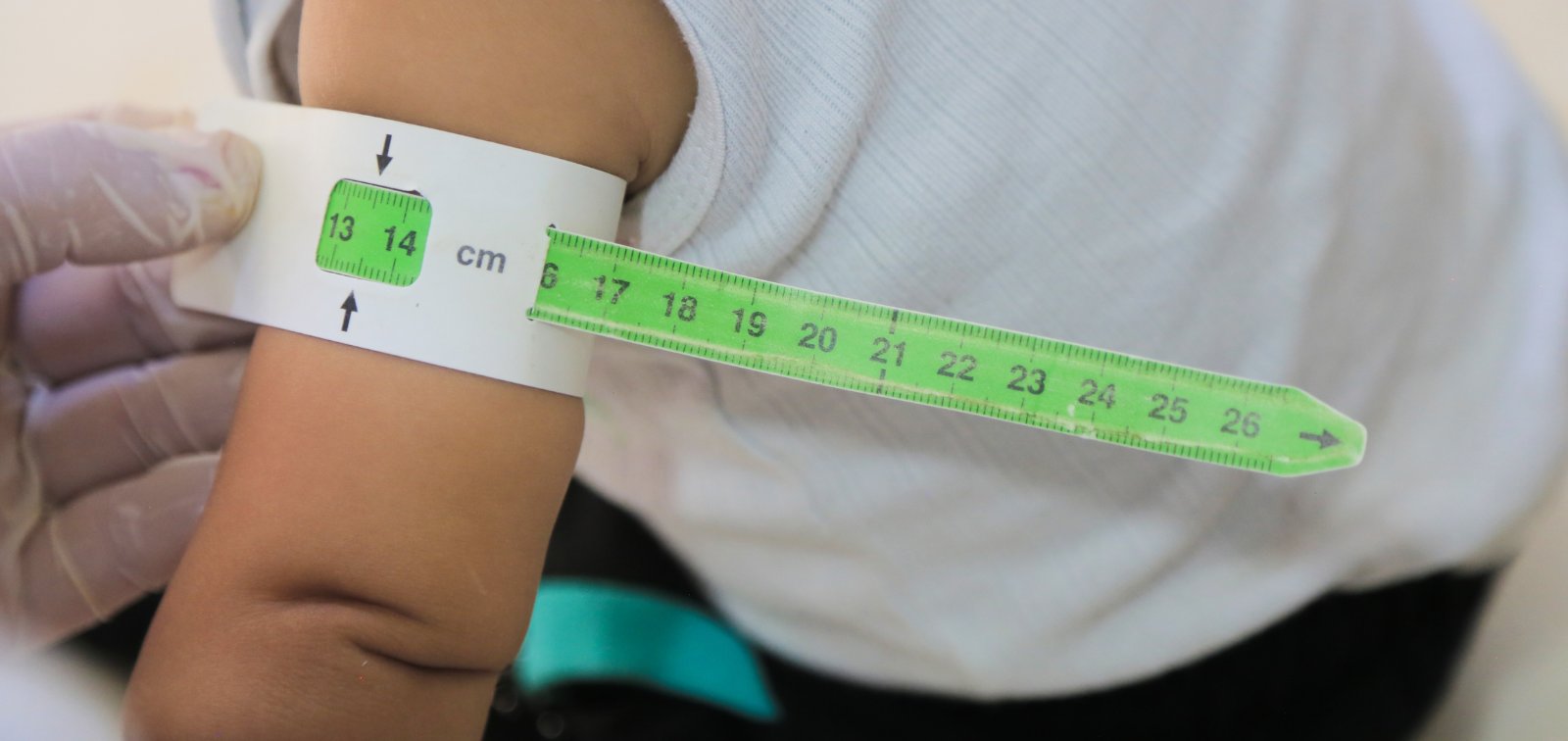Social Protection Programmes Prevented Over 1 Billion Cases of Undernourishment in the Last 20 Years
New study covering 46 low- and middle-income countries reveals how these programmes help shield people from the worse effects of economic crises, especially in the poorest countries
08.10.2024
Economic crises increase the proportion of undernourished people in low- and middle-income countries, but high levels of social protection coverage can mitigate this effect, especially in the poorest countries. These are the main conclusions of a study led by the Barcelona Institute for Global Health (ISGlobal), a centre supported by “la Caixa” Foundation, evaluating the effect of social protection programmes over the last two decades.
Economic crises, such as the one caused by the COVID-19 pandemic, disrupt food systems and make it harder for people to access food. FAO estimated that 735.1 million people worldwide faced hunger in 2022, an increase of 146.2 million from 2015 when the United Nations' 2030 Sustainable Development Goals (SDGs) were launched.
Social protection programmes such as cash transfers and employment schemes are considered one of the most effective interventions to improve nutrition in the population. “Until now, there was little evidence on the effect of these programmes on the prevalence of undernourishment during economic downturns”, says ISGlobal researcher Davide Rasella. Put simply, the prevalence of undernourishment means the share of people in a country who do not get enough calories to live an active and healthy life.
46 countries, two decades
Rasella and his team evaluated the impact of social protection programmes on the prevalence of undernourishment among children and adults in 46 low- and middle-income countries (LMICs) between 2001-2019.
The research team used a series of available data for each country, including its GDP per capita, coverage of social protection policies (including labour market programmes), the prevalence of undernourishment, as well as other variables such as natural disasters, poverty, food production per capita, and population growth. They then used one of the most robust models to evaluate the impact of one variable on another.
A powerful shield against crises
The findings show that the economic downturns over the last two decades significantly increased undernourishment in LMICs. However, those countries with higher social protection coverage not only reduced undernourishment, but also mitigated the impact of economic crises. The poorer the country, the greater the protective effect of social protection programmes.
According to the analysis, these programmes prevented more than one billion cases of undernourishment over the last two decades.
“Our research is the first to estimate this impact globally,” says Gonzalo Barreix, first author of the study. “It underscores the need to strengthen and expand social protection measures, especially in the world’s poorest nations”.
In the face of growing food insecurity, these findings offer a clear message: investing in social protection can safeguard millions of people from hunger, even in hard economic times.
Reference
Barreix G, Brachowicz N, Silvia NJ, Landin E, Macicame I, Naidoo M, Morais G, Rasella D. The Mitigating Effect of Social Protection on Undernourishment During Economic Downturns: A Longitudinal Study of 46 Low- and Middle-Income Countries Over the Last Two Decades. Social Science & Medicine. Sept 2024. https://doi.org/10.1016/j.socscimed.2024.117365



